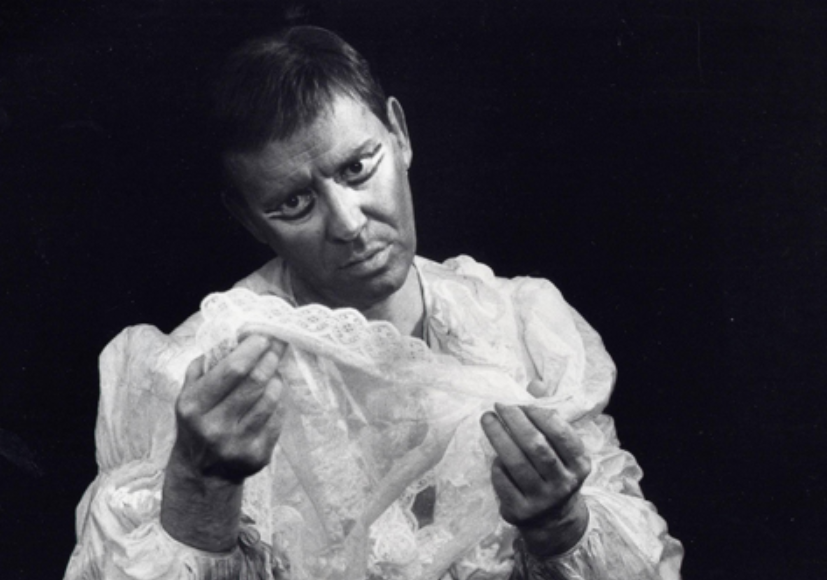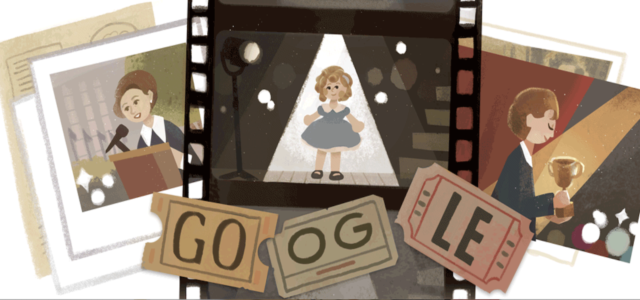Everyone, at least once, visiting a museum or listening music has reflected about the question “what is music?”, “what is paiting?”. In the same way we can ask ourself “what is a film?” “what means Cinema?”. In our age, dominated by any kind of screenings, the question is becoming even more engaging.
There a lot of reasons for which we go to cinema, but here we consider the ability of cinema to realize movement with images, to “animate” images. While at theatre we follow a story played by real people in a phisical and stable place, at cinema we are in front of an “automatic reproduction”, an automatic movement without a support. And considering paitining or photography we see the same crucial difference: the movement is continuos. This is why our traditional way to consider reality as stable and de-fined isn’t useful for the reading of a film.
The French philosopher Gilles Deleuze has written two interesting book, respecetevely called “The movement-image” and “the Time-image”. It is not casually that it has been a philospher to have grasped the potential of cinema. “Movement” and “Time” are the most difficult concepts for the “common sense”, and they are in fact two of the most important questions of philosophy (Zenone’s paradoxes, “unmoved mover” elaborated by Aristotle…)
“The movement-image” of cinema is an image that is moved by itself and so the question became “Who moves who that moves who?”, we enter in a new domain without “substances”and in which the “whole” isn’t given, a movement without a mover, a “pure movement”.
For those wishing to knows more about philosophycal concepts considereted here : Kant (“time” as pure form of the subjectivity), Bergson (“duration” as “indivisible time”), Nietzsche (“became who you are”), Deleuze (intensity, non-chronological time, Aion), Minkowksy (phenomenological phichiatry, “lived time”), Heidegger (temporality of Dasein).
Image: Google’s celebration of Shirley Temple, hollywoodian icon.


